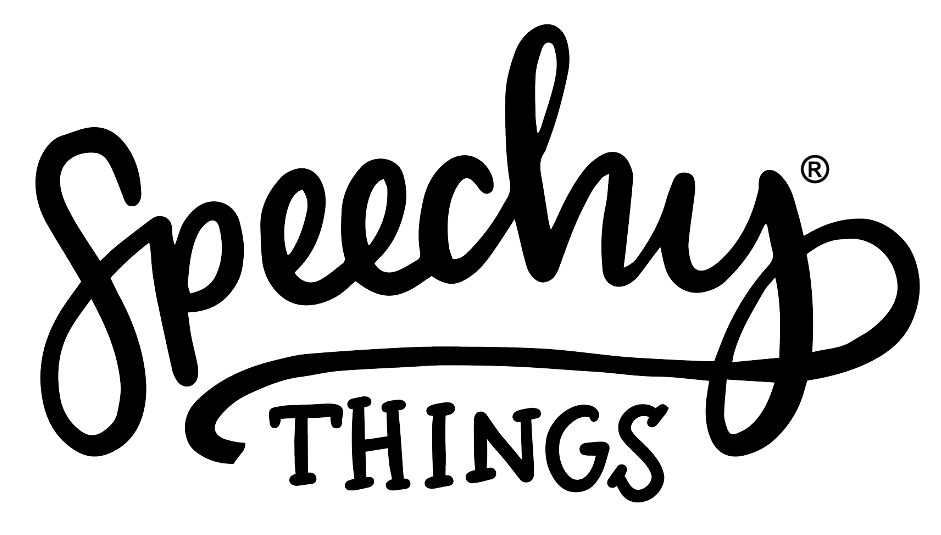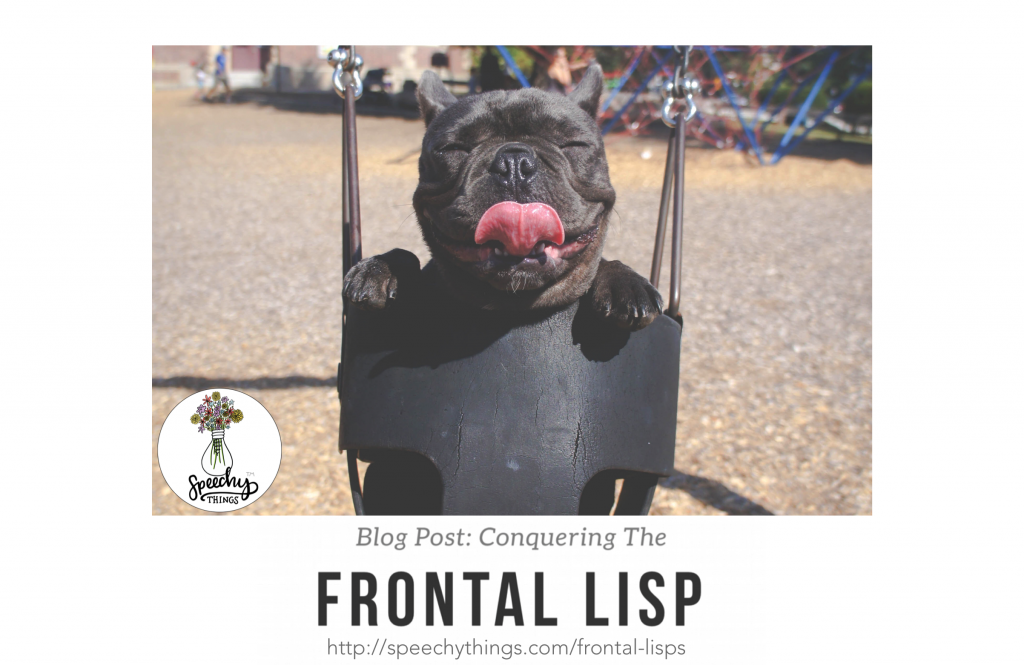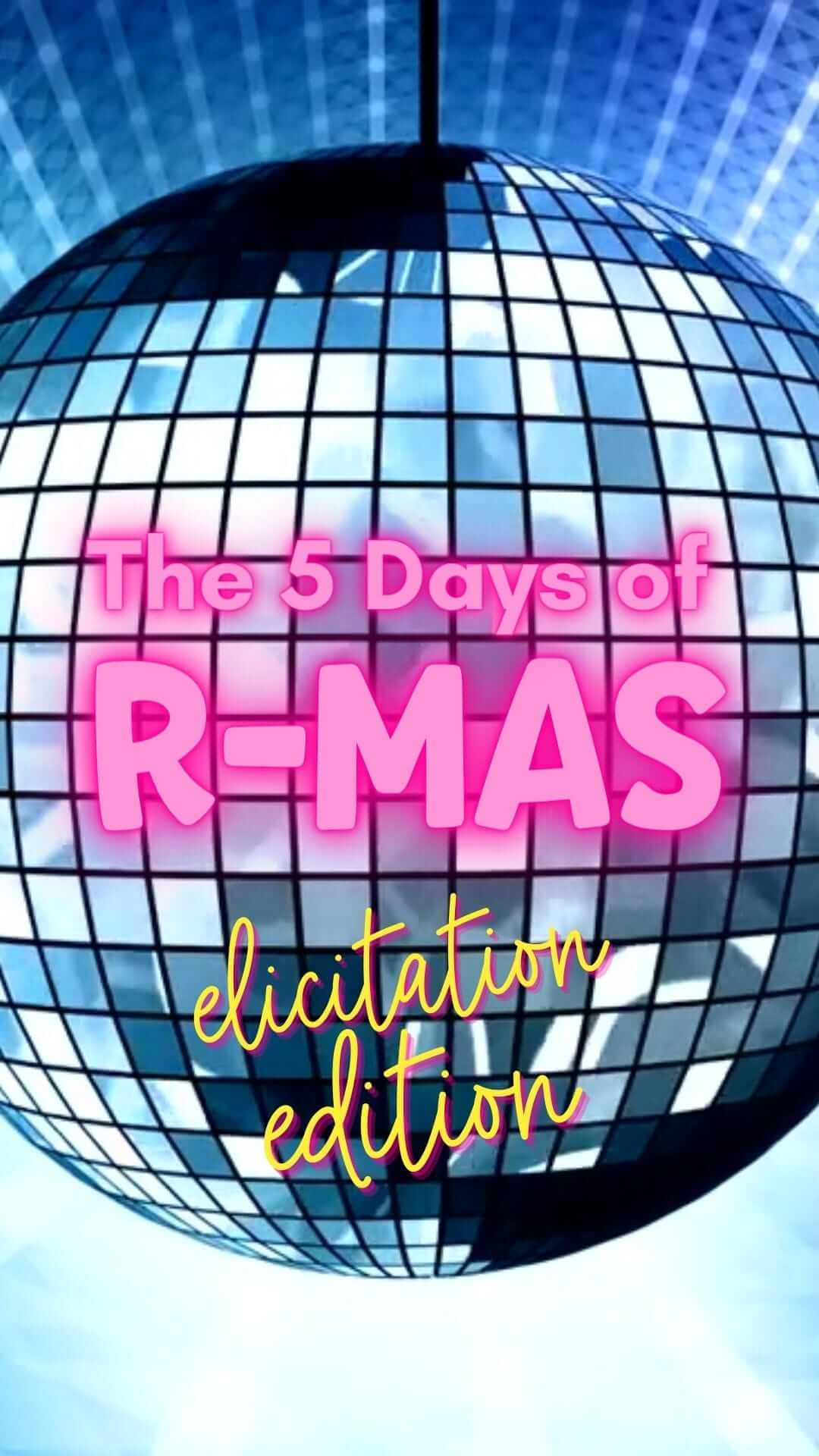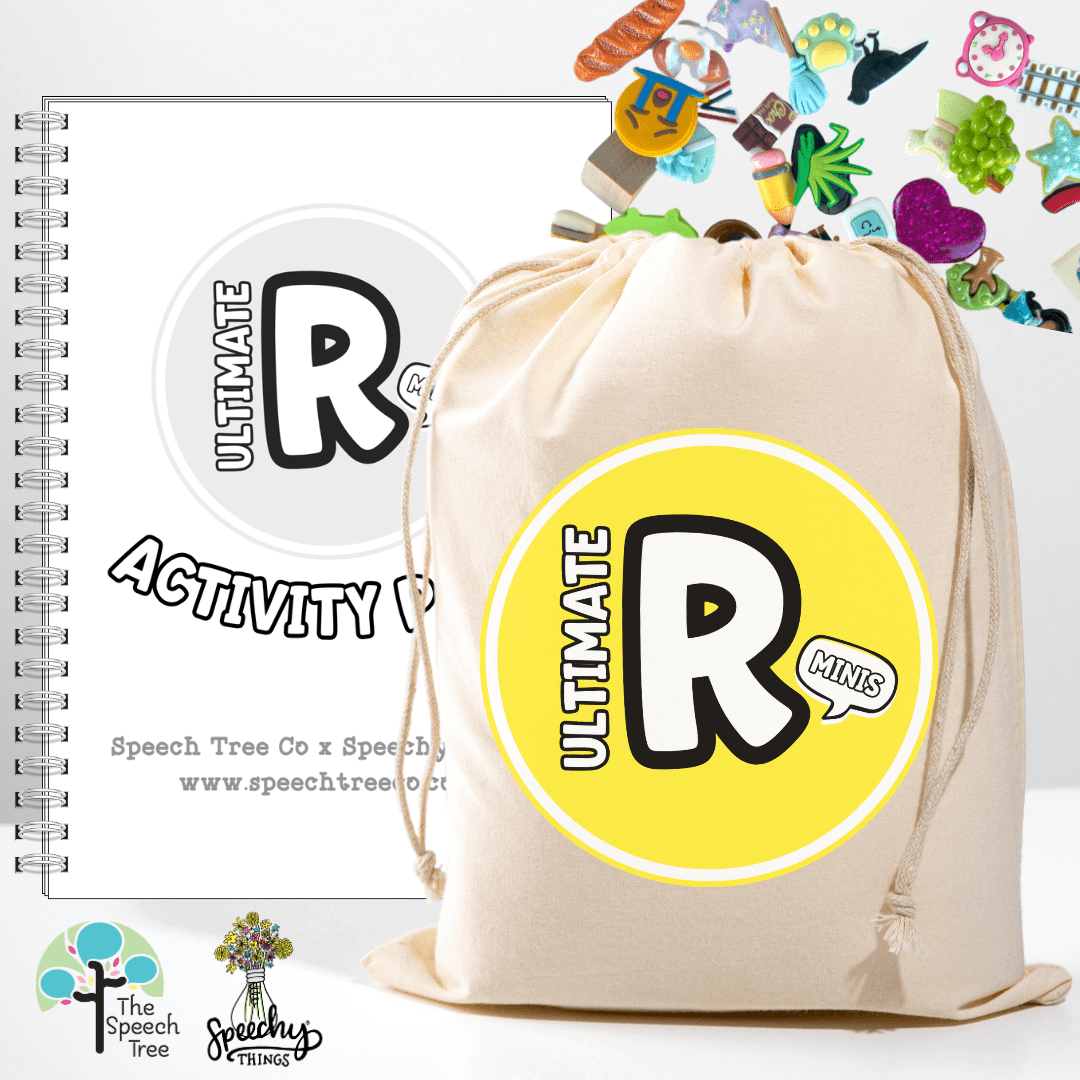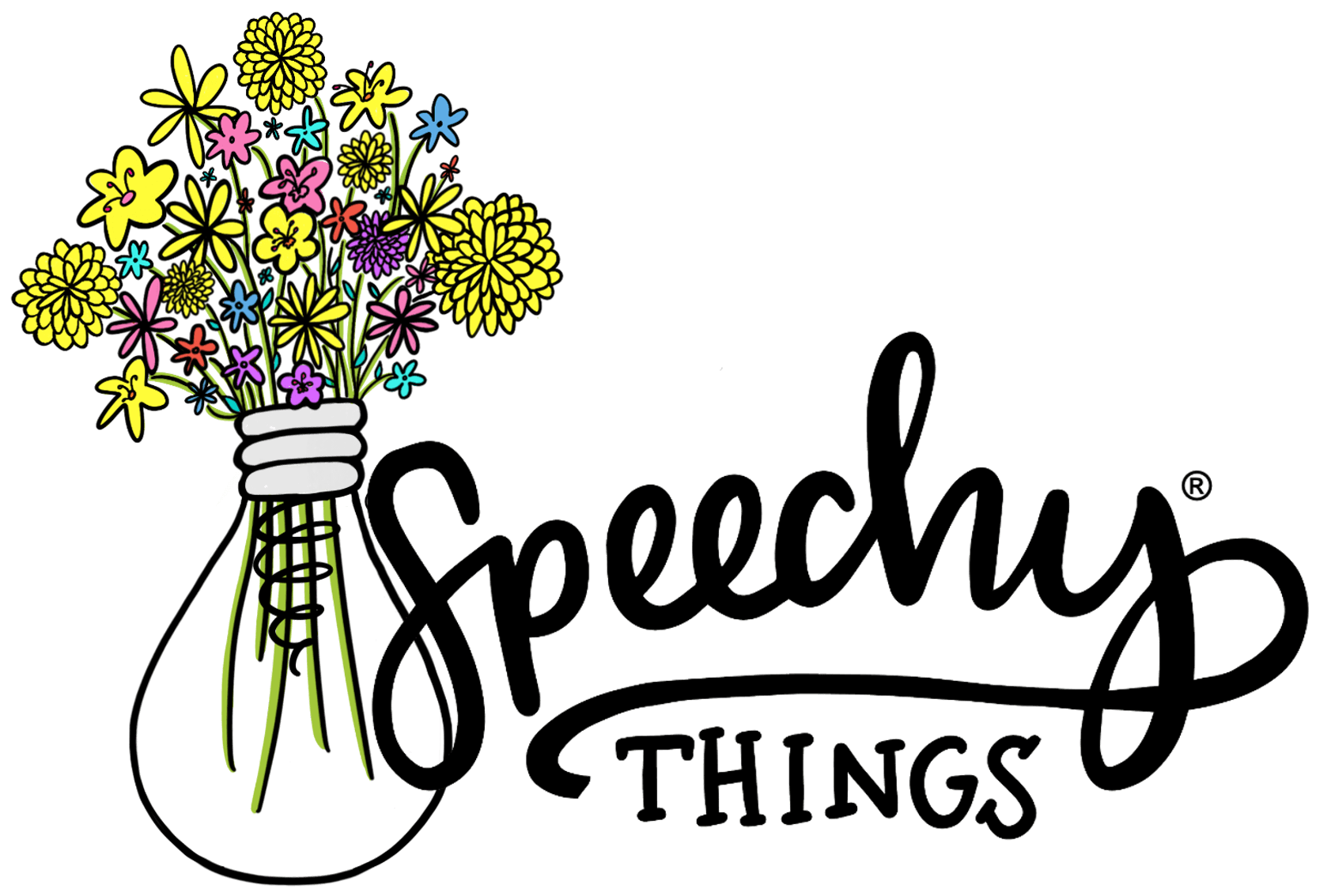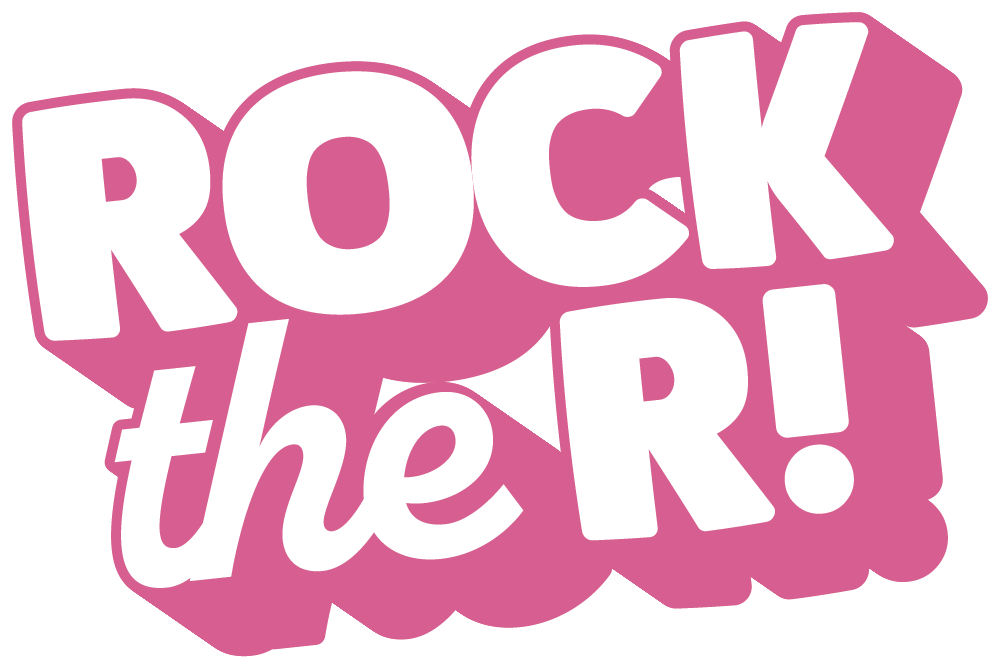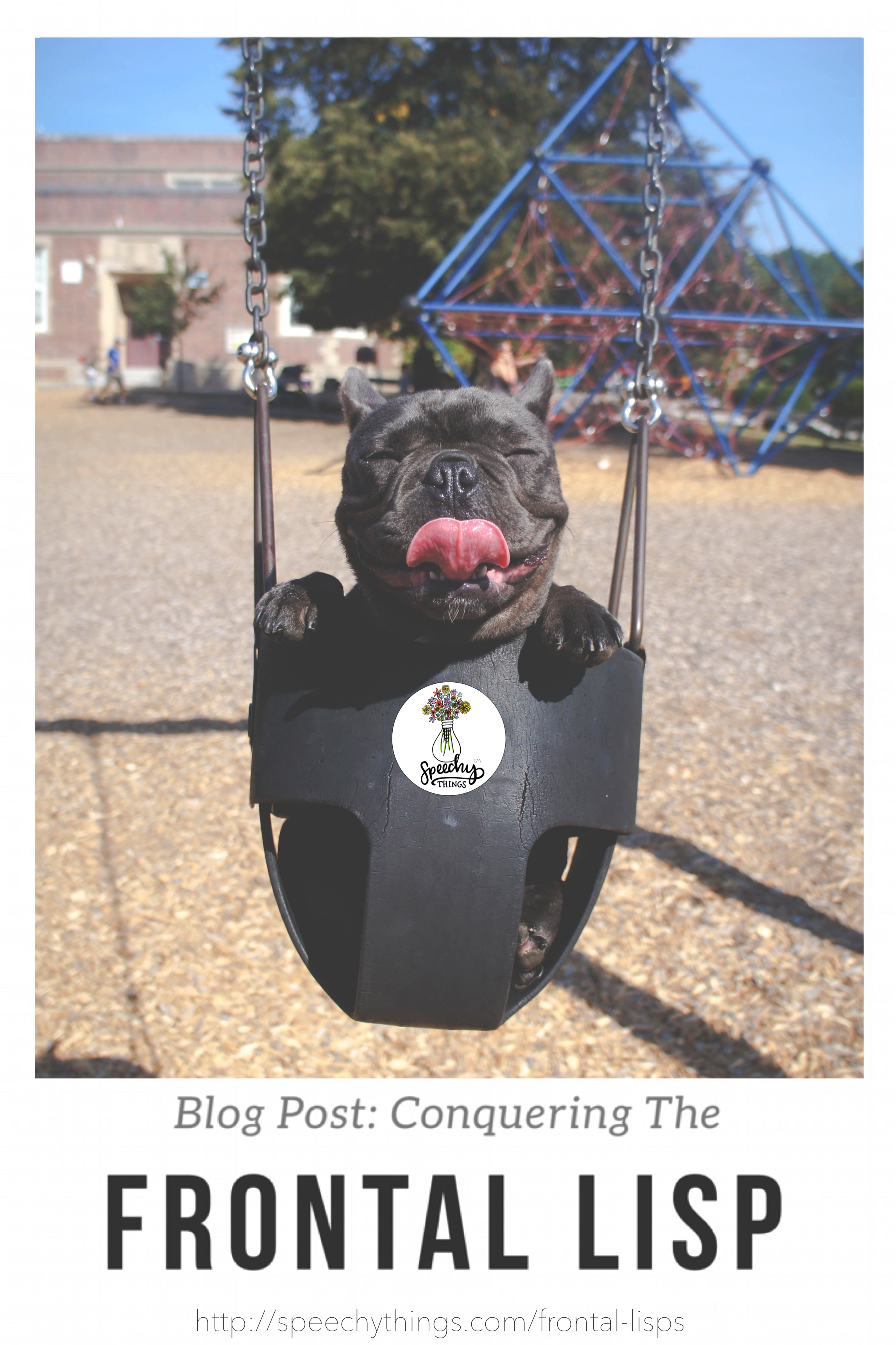
We can talk about “hiding our tongue” and keeping “tight teeth” ’til we’re blue in the face… but for some kiddos it seems that pesky frontal lisp just WILL. NOT. GENERALIZE. into a crisp, beautiful /s/. Why? Because the way the tongue of many frontal lispers moves is different and, to be honest, disordered all day every day. Often times, they have an immature swallow pattern. If you watch them eat, you will see that little tongue peep out more than it should.
.
We see a huge correlation between frontal lisps and kiddos who have (or had) prolonged usage of sippy cups, pacifiers, and thumb-sucking. Their swallowing pattern got stuck a little too close to the suckle stage and they continue to use a tongue-thrust pattern to swallow. We swallow about 600 times a day. That means every time our kiddos clear their saliva they are reinforcing their frontal lisp.
.
Furthermore, you will notice our kiddos have a low at-rest posture for their tongue. I like to joke that my superpower is being able to identify people who used to have a lisp just by watching them speak for a few seconds. Lispers tongues hang low in their mouth – you can check out what I mean by watching THIS video.
.
SO WHAT CAN WE DO ABOUT IT?
.
Before I start articulation therapy with any of my frontal lispers… we do a few things.
.
1. Nose Breathing
Ensure that your kiddo is a nose breather. Perform an oral mech and check for enlarged tonsils. Ask about seasonal allergies. Refer accordingly. Mouth-breathing promotes a low, forward resting posture of the tongue.
.
2. No more sippy cups
Or thumb sucking. Or pacifiers. Or finger sucking. Cup drinking and straw drinking only, please.
.
3. Make sure their tongue tip can elevate to their alveolar ridge.
Some kiddos just haven’t figured this out yet. If you need some help getting tongue-jaw dissociation, take the jaw out of the equation by having them bite down on something that well help prop open their mouth. (My favorite is to stack a few popsicle sticks and tape the together. It’s cheap and easy to replicate at home.) This will stabilize their jaw and allow them to put all their focus on getting that tongue in position. You can always add a tactile cue by putting some sour spray or ice cream on their alveolar ridge. I find kiddos don’t need these cues for very long once they figure out where their tongue should be. We need to be able to elevate our tongue tip to swallow properly, to produce appropriate alveolar phonemes, and even to get a good clear /s/.
.
4. Tongue checks.
Have the kiddo engage in a silent activity- be it iPad time, coloring, building blocks, or anything in between. Periodically do a “tongue check” to see that they are keeping their tongue tip elevated to their alveolar ridge. We are trying to change the resting posture of their tongue here. For a tongue check freebie, click here.
.
5. Feeding therapy.
If you watch a frontal lisper eat, you will likely see that tongue sneak out during or after their swallow on most food consistencies (liquid, puree, crunchy, etc). They will tell you they are just licking their lips- nope. Target a mature swallow in feeding therapy- and consider referring out if you are not trained in feeding. Again, we swallow 600 times each day!
.
6. Look beyond the /s/
Watch their tongue on all alveolar sounds. There is an awfully good chance that if they are lisping on /s,z/ sh, ch, j… that /t,d,n.l/ aren’t correct either. Watch close and remember to follow a developmental pattern when targeting phonemes.
.
7. Consider an appliance.
If you are signed up to be a VIP, then you have already heard about these awesome appliances. Both the “basic tongue guard” and the “bluegrass appliance” are sort of like a tiny speech therapist in their mouth 24/7. The idea is that they receive speech and feeding therapy to learn how to place their tongue at the alveolar ridge for their swallow and for all alveolar sounds. This little bead serves as a warning that their tongue is going too far forward.
.
And there ya go!
.
Just some food for thought, friends. There may be so much more going on than just that pesky /s/ sound. We want to be sure to treat the whole child and hopefully this post will shine some light on your students. Once you’ve addressed these concerns, you’ll be ready to kick some articulation booty and get them cookin’ with some drill work and generalization activities!
If you’re looking for any speech therapy ideas, be sure to check out my VIP emails or follow on Instagram. I’d love to connect with you!
Have fun! Conquer the frontal lisp!






